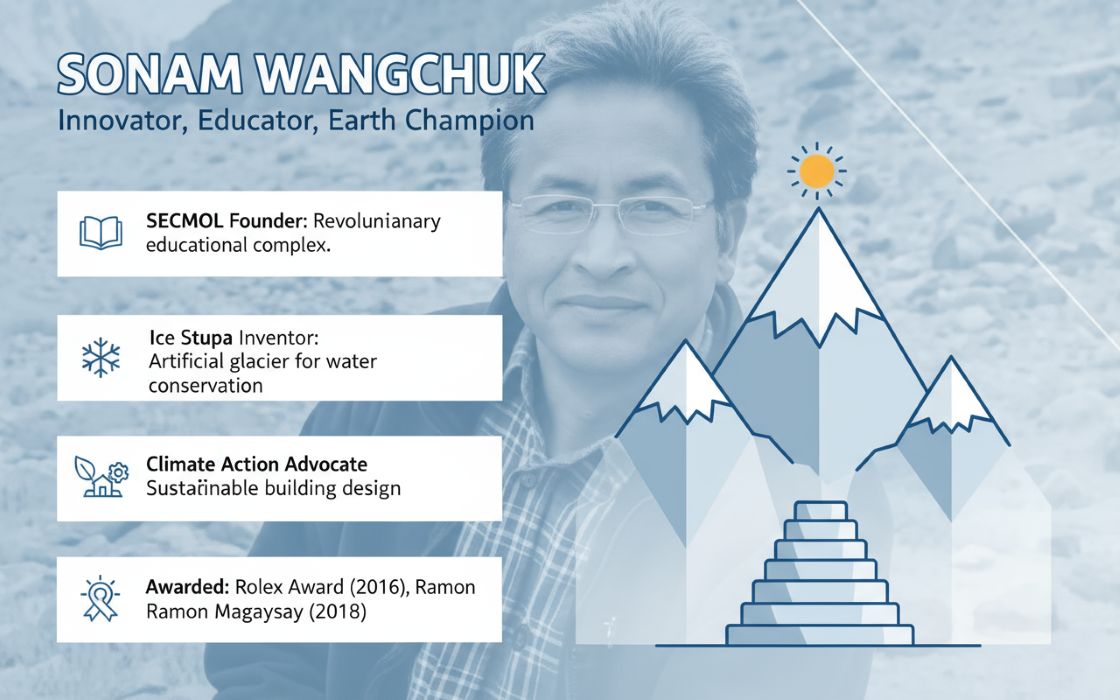Sustainability is no longer a peripheral concern—it's the foundation of resilient and responsible business. At STMicroelectronics, this philosophy is deeply embedded across operations, innovation, and leadership. As the global semiconductor giant drives toward carbon neutrality by 2027, it is redefining what sustainable transformation looks like in one of the world’s most energy-intensive industries.
In an exclusive conversation with TheCSRUniverse, Mr. Edoardo Auteri, Head of Sustainability Programs for the APeC Region at STMicroelectronics, offers rare insight into how the company is embedding eco-design into 100% of its new products, powering operations with 84% renewable electricity, and advancing circular economy goals with 97% waste diversion and 54% global water recycling. He also speaks about ST’s commitment to employee well-being, inclusive leadership, and regional innovations—from microgrids in Southeast Asia to predictive safety analytics in Singapore.
From aligning with the EU Taxonomy to reshaping supply chain decisions with climate goals in mind, this interview dives deep into ST’s integrated sustainability vision and how it is shaping the semiconductor ecosystem of tomorrow.
Read on for the full interview below.
Q. ST’s 2024 report presents a well-integrated approach to sustainability. How does the company’s overarching CSR and sustainability vision guide its long-term strategy and influence decision-making across its global operations?
A. STMicroelectronics integrates sustainability deeply into its corporate strategy, influencing product innovation, supply chain practices, and operational efficiency. As part of its aim to reach carbon neutrality by 2027, the guidance is provided through initiatives like the EU Taxonomy and the Science-Based Targets initiative (SBTi), to complement its focus on environmental stewardship with industry leadership alignment.
At ST, sustainability is not merely compliance instead, it is the key to long-term competitive excellence. The company is continually refining its business model to align cost effectiveness with environmental imperatives, making sustainability principles have tangible value through measures in operations, innovation, and market position. By integrating sustainability into all levels of decision-making, ST enhances its capabilities for sector-wide transformation while staying aligned globally with regulatory and operational excellence.
Q. With 84% of electricity consumption coming from renewable sources in 2024, what strategies or partnerships have played a pivotal role in this energy transition? Are there any region-specific renewable initiatives in the APeC region you can highlight?
A. When ST reached the 84% level of renewable electricity consumption in 2024, it bore witness to the eventual energy transition strategy bargained well through solar installation and greener procurement and PPAs. Regional differences in renewable infrastructure pose challenges—while Europe enjoys grid resilience, in countries like India and Vietnam, intermittent supply limits impact. ST counters this through on-site solar, microgrids, storage solutions, and unique systems like Singapore’s district cooling. Where renewable infrastructure is still under construction, ST has numerous energy transition initiatives to its credit including microgrids and on-site storage to create resilience.
Q. The company achieved 97% waste diversion and recycled over 54% of its water globally. What innovations or process optimizations have enabled such high performance in resource efficiency?
A. STMicroelectronics's 97% diversion of waste and 54% global recycling of water demonstrate its adherence to circular economy strategies and resource optimization. Closed-loop water management and ultra-pure water generation technologies have been adopted to reduce the harm to the environment and to optimize processes. Scalability is contingent on regional viability and cost-efficient adaptation, and ST is continually optimizing strategies to provide long-term sustainability.
While advanced recycling facilities are well established in Europe, densely populated APAC regions still face challenges in effective waste segregation. In light of this, ST works with in-market partners to increase the efficiency of waste management and implement site-specific water stewardship practices. As semiconductor production is inherently resource-heavy, ST is working to push the boundaries of water recovery technologies to make continuous increases, as opposed to depending purely on current levels of efficiency. By combining differentiated local sustainability solutions, ST supports its leadership in responsible resource management across varying site environments.
Q. ST has implemented 100% eco-design for all new products. Could you explain how the eco-design methodology works at ST, and how it impacts product lifecycle decisions from R&D to end-of-life?
A. STMicroelectronics has incorporated 100% eco-design principles for all new products, such that responsible sourcing, recyclability, and energy-efficient production drive development from R&D to end-of-life management. Minimizing the impact on the environment is achieved through the optimization of material choice, energy efficiency, and measures to limit waste, all of which bolsters ST's commitment to sustainable innovation.
Still, semiconductor product recyclability is hindered by the inherent complexity of semiconductor material composition, specifically the problem of recovering rare earth materials to reuse. ST is responding to this by instituting design-for-disassembly innovations, facilitating efficient reuse of components instead of disposal. Building take-back infrastructure and exploring secondary applications will be key to making eco-design a full-lifecycle solution.
Q. Approximately 40% of ST's revenue is EU Taxonomy-eligible. Could you unpack what this means for the company and how it reflects on your business model’s alignment with climate goals?
A. STMicroelectronics’ 40% EU Taxonomy-eligible revenue reflects its strong commitment to sustainable economic pursuits such as pollution reduction, mitigation of climate change, and circular economy alignment. This compliance enhances regulatory adherence and investor trust, reaffirming ST’s sustainability innovation leadership.
ST continues to align business development with evolving sustainability regulations, ensuring long-term value creation while maintaining operational efficiency. With alignment to the EU Taxonomy, ST is better poised to address both regional market expectations and global climate aspirations, setting itself up as a leader in sustainable semiconductor manufacturing in the future.
Q. From your perspective, how is sustainability influencing innovation in the semiconductor sector at large? What trends excite you the most?
A. Sustainability is at the forefront of semiconductor innovation in shaping low-power AI chips, wide-bandgap materials like SiC and GaN, and energy-efficient microcontrollers. Sustainability is integrated in every phase at STMicroelectronics, from responsible sourcing of materials to sophisticated fabrication methods aimed at reducing the impact on the environment. Carbon-neutral fabs and FD-SOI technology from the company take center stage in bringing about this revolution with maximum energy efficiency in high-performance computing and serving the industry's drive to mitigate the impact of climate.
As semiconductor innovation accelerates, ST places equal focus on e-waste reduction and responsible resource use. ST is working to extend product lifespans, maximizing material recovery and embracing circular economy principles to ensure sustainability initiatives extend beyond power efficiency to deliver significant industry-wide circularity. In supporting green design approaches and responsible manufacturing practices, ST is at the forefront of reconciling technological innovation with eco-responsibility.
Q. With a recordable case rate of just 0.54 in 2024 and strong employee sentiment, ST has shown exemplary workplace standards. What specific programs or cultural elements contribute to such positive employee experiences?
A. STMicroelectronics prioritizes employee well-being and workplace safety through a wide-ranging model of initiatives aimed at the well-being of its worldwide employees. With a recordable case rate of 0.54 in 2024, the commitment to safety is reflected in its ISO 45001-certified workplaces, psychological risk prevention processes, and ST Health Plan coverage for overall well-being in both physical and mental health.
Knowing the heterogeneity of its employees, ST actively customizes workplace standards to the regulatory context of each environment while strictly following global best practice in safety. ST fosters a culture where safety and well-being are embedded in everyday operations through strong engagement and proactive risk management. This proactive stance increases employee satisfaction and reaffirms ST's commitment to setting high workplace standards in all its global locations.
Q. Diversity and inclusion are core to ST’s people strategy. What steps has the company taken to build inclusive leadership and create space for authenticity at work?
A. At STMicroelectronics, diversity, equity, and inclusion are ingrained in the leadership culture of the firm so employees have the opportunity to thrive where authenticity is valued alongside equitable opportunities. This commitment is supported through the firm's equal hiring practices, unconscious bias training, and inclusive recruitment processes, creating an increasingly diverse workforce influenced by various perspectives.
With an 80% DEI index score, ST advances inclusive leadership by expanding career pathways, growing leadership representation, and bolstering long-term retention efforts. Beyond enacting policies, ST focuses on engagement-driven diversity, fostering the integration of DEI principles into everyday processes instead of treating them as isolated initiatives. Through mentorship initiatives, leadership development, and structured career advancement pathways, ST enables employees to bring themselves to work and promote workplace culture founded on equity and inclusivity.
Q. Sustainability transformations come with challenges. What are the most pressing hurdles you foresee in achieving your 2027 carbon neutrality target?
A. STMicroelectronics is working to reach carbon neutrality by 2027 by cutting Scope 1 emissions, growing the take-up of green power, and maximizing supply chain sustainability. Because semiconductor manufacturing is naturally energy-consuming, deep decarbonization requires innovation beyond traditional offsetting approaches.
ST is pursuing proactive PFC reductions, energy efficiency enhancements, and offsetting strategies to deliver tangible emissions reductions from its operations. Future material innovation and advanced production methods will play a key role in powering tangible carbon reductions, further solidifying ST's leadership in sustainably produced semiconductors.
Q. Can you share any specific regional or site-level success stories from the APeC region where safety and well-being initiatives have made a tangible difference?
A. ST places emphasis on workplace safety and protecting the well-being of its workers worldwide, with attention paid to explore site-specific initiatives in each region. The Ang Mo Kio site is a prime example of this, with improvements made in ergonomics, state-of-the-art safety training programs, and a strong support system for mental health.
ST also uses predictive analytics to identify potential hazards before they occur. This certainly reinforces preventive safety measures in the company. Furthermore, ST promotes a culture of peer-led risk analysis where employees participate in improving workplace safety. The company does these initiatives beyond just legal requirements: It is a forward-thinking philosophy that places an active hand in overseeing safe, nurturing work environments for employee well-being and the betterment of operational excellence.
Q. How does the Global Water Policy translate on the ground in water-scarce regions across the Asia Pacific?Are there partnerships or technologies being deployed to enhance water stewardship?
A. ST's global water policy centers around site-specific adaptation, i.e., pursuing sustainability goals into practical action in Asia-Pacific's water-scarce areas. This is of particular importance where semiconductor production imposes very high pressures on the host country's water resources.
In water-restricted regions, ST employs high-efficiency water treatment technology, closed-loop recycling of water, and collaborative efforts with neighboring cities. For example, ST partners with water management providers to recover and recycle wastewater, significantly reducing its reliance on fresh water. Addition of advanced purification gear allows ST fabs to reach aggressive levels of water efficiency without much impact to the environment and with high manufacturing performance.
Q. How do you envision ST’s role in contributing to a sustainable semiconductor ecosystem by 2030 and beyond? Are there any emerging opportunities you’re especially optimistic about?
A. By 2030, ST will be at the foundation of the sustainable digital economy, powering innovation in energy-efficient semiconductor solutions and circular manufacturing processes shaping the responsible innovation of the future. Its alignment with the EU Green Deal and its commitment to electrification, climate tech, and sustainable AI at the edge places it at the forefront of low-carbon innovation. It is also using automation-led strategies to reduce emissions from manufacturing processes to ensure that sustainability is always at the heart of technological innovations and industry-wide changes.



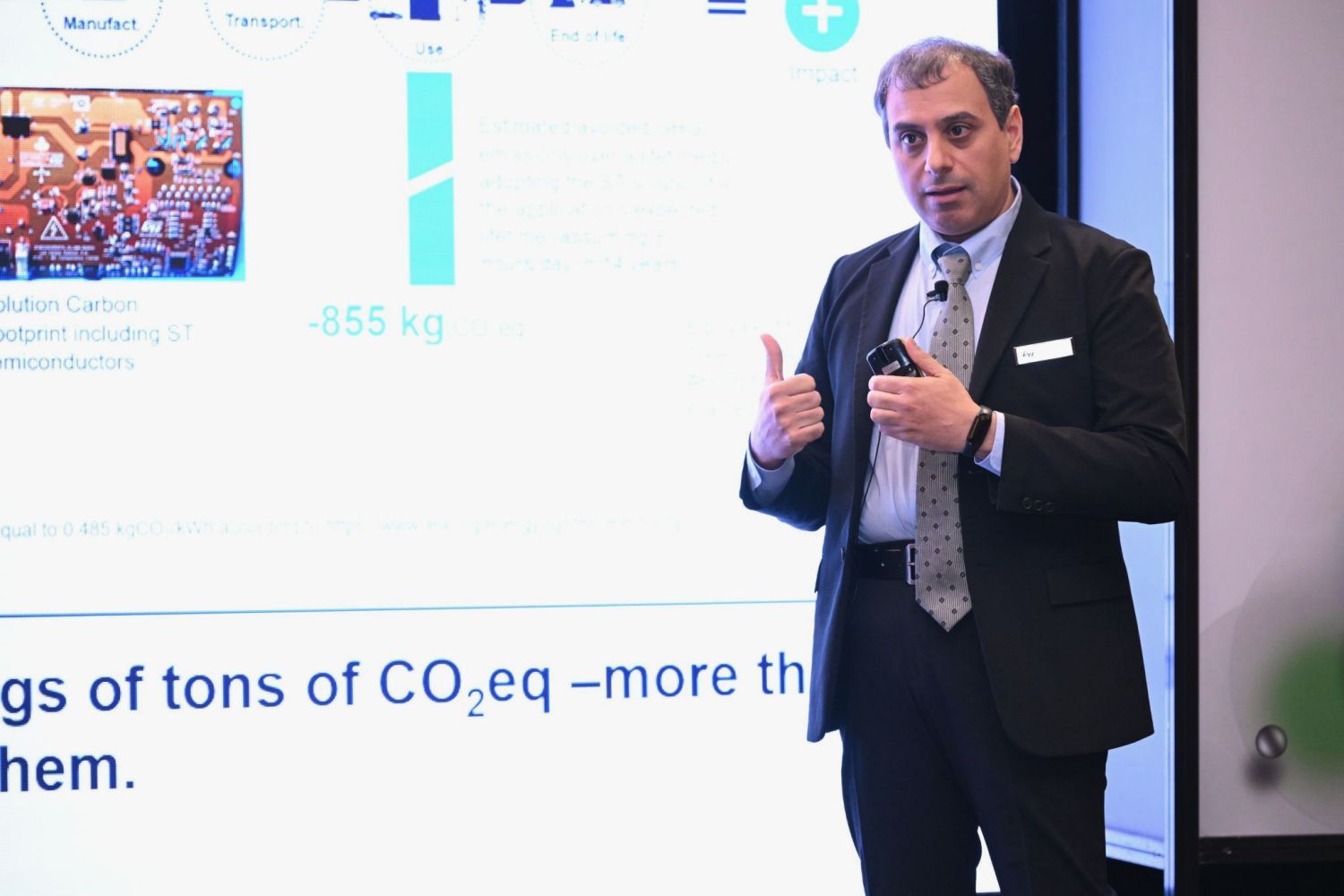


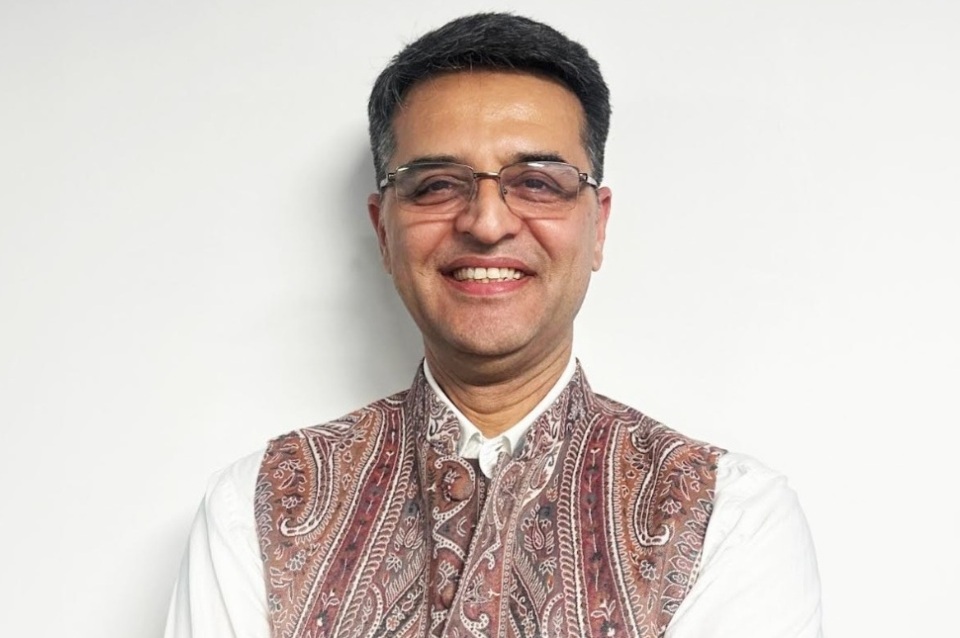
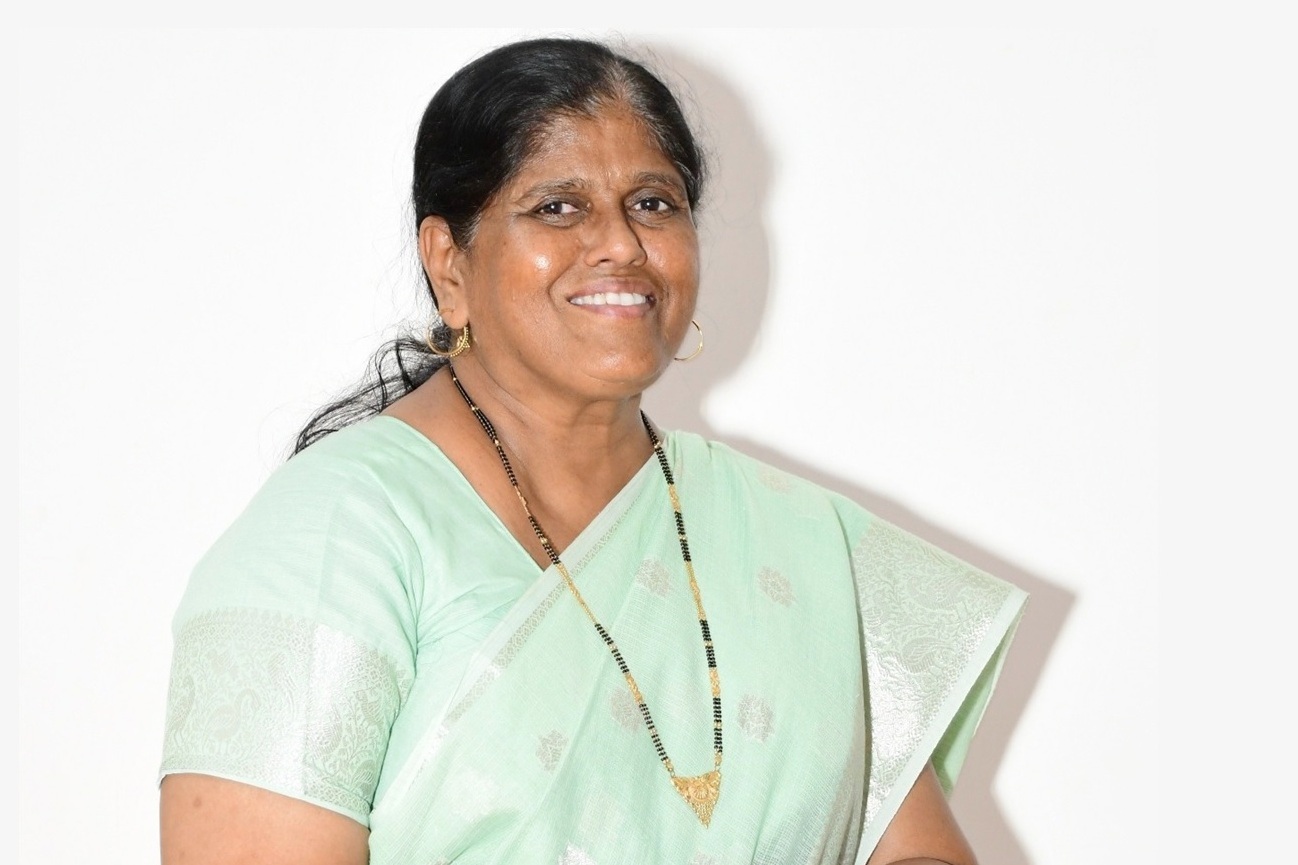


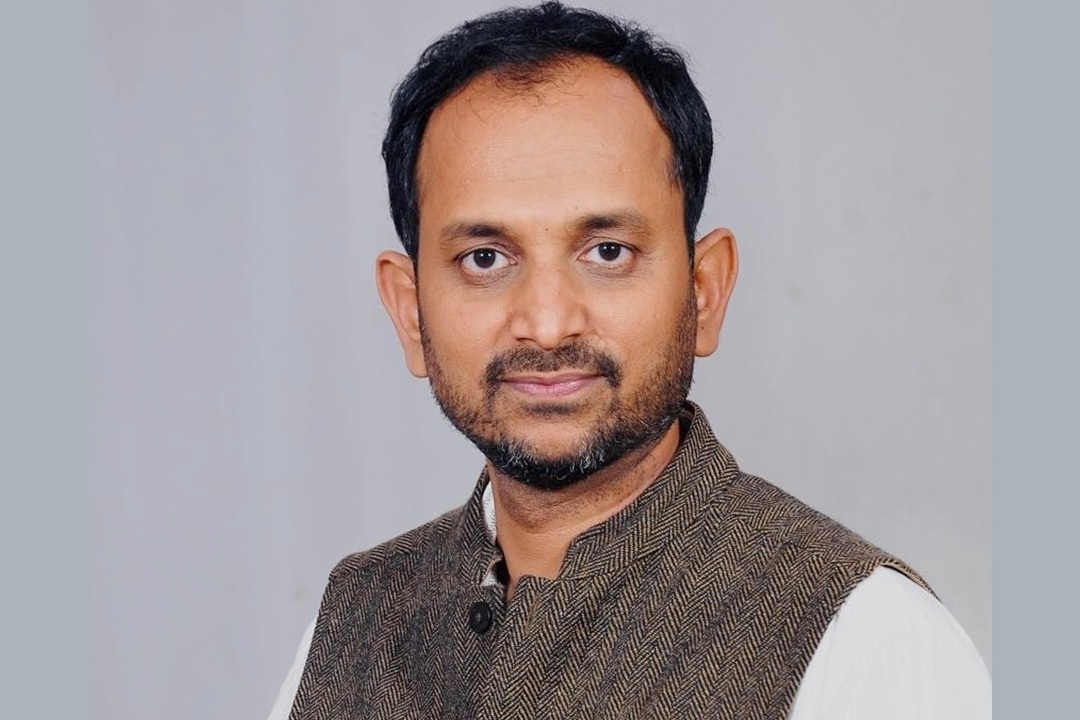
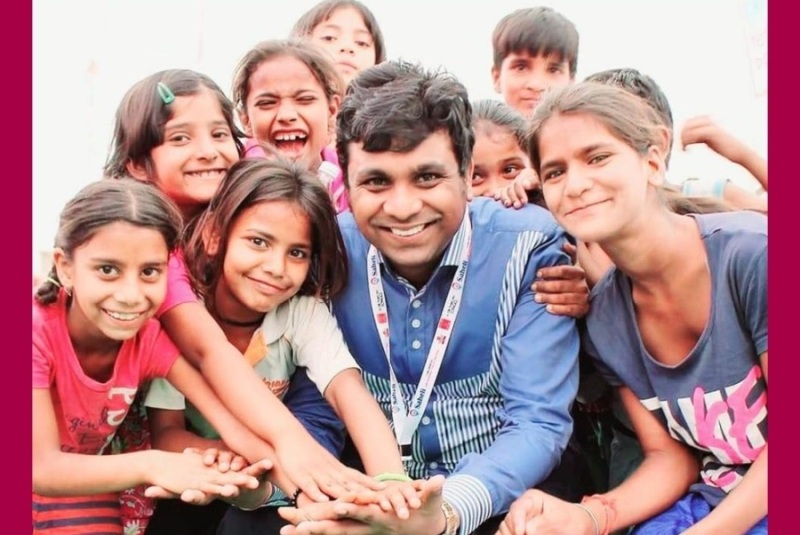
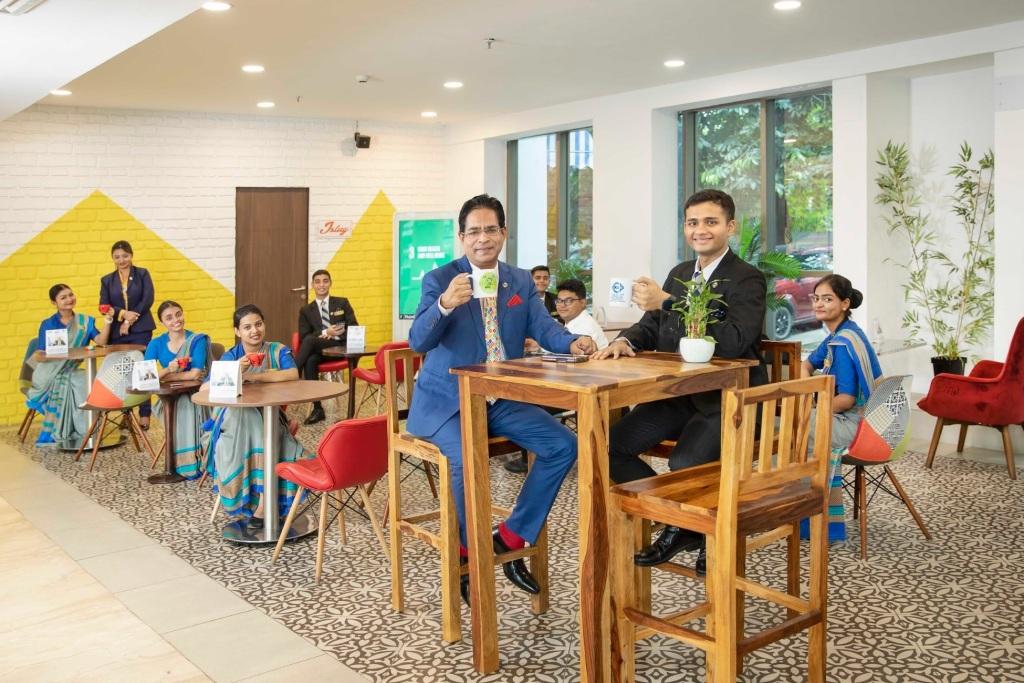
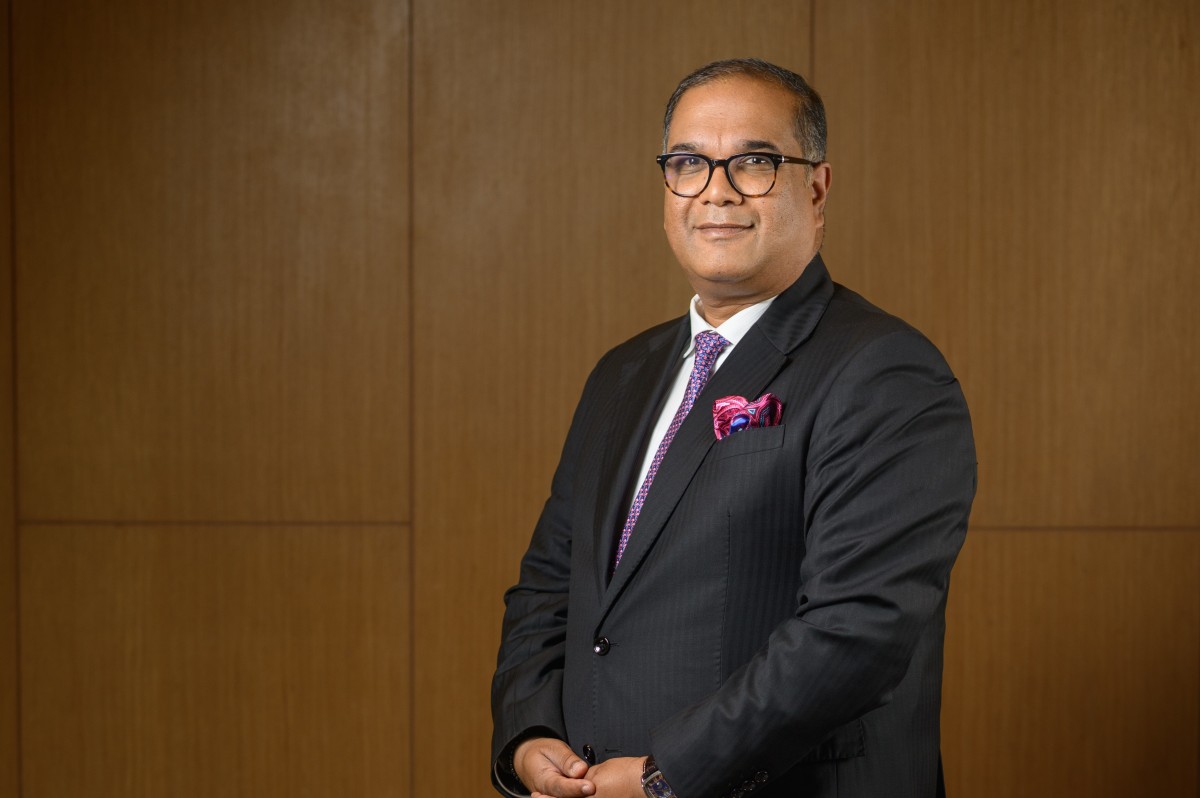
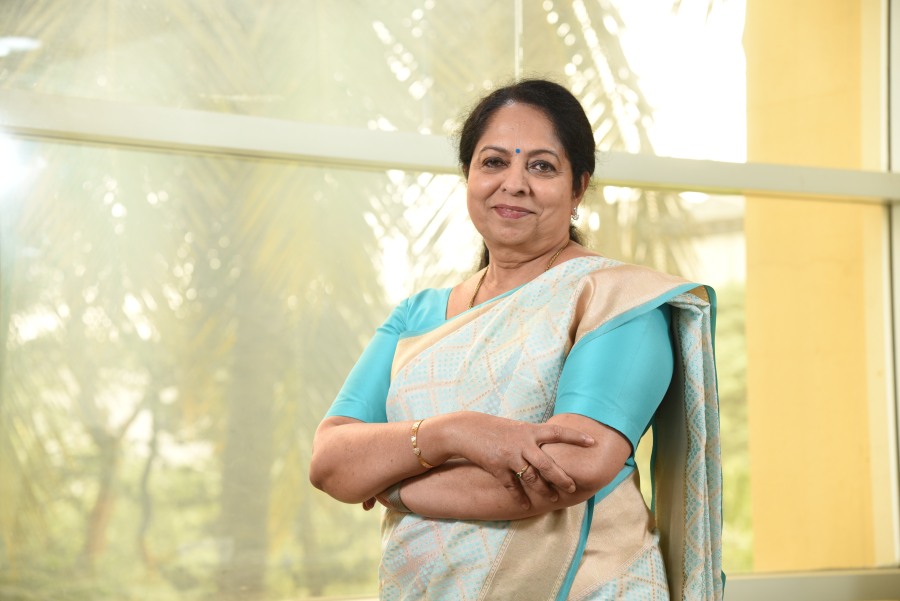
.jpg)

